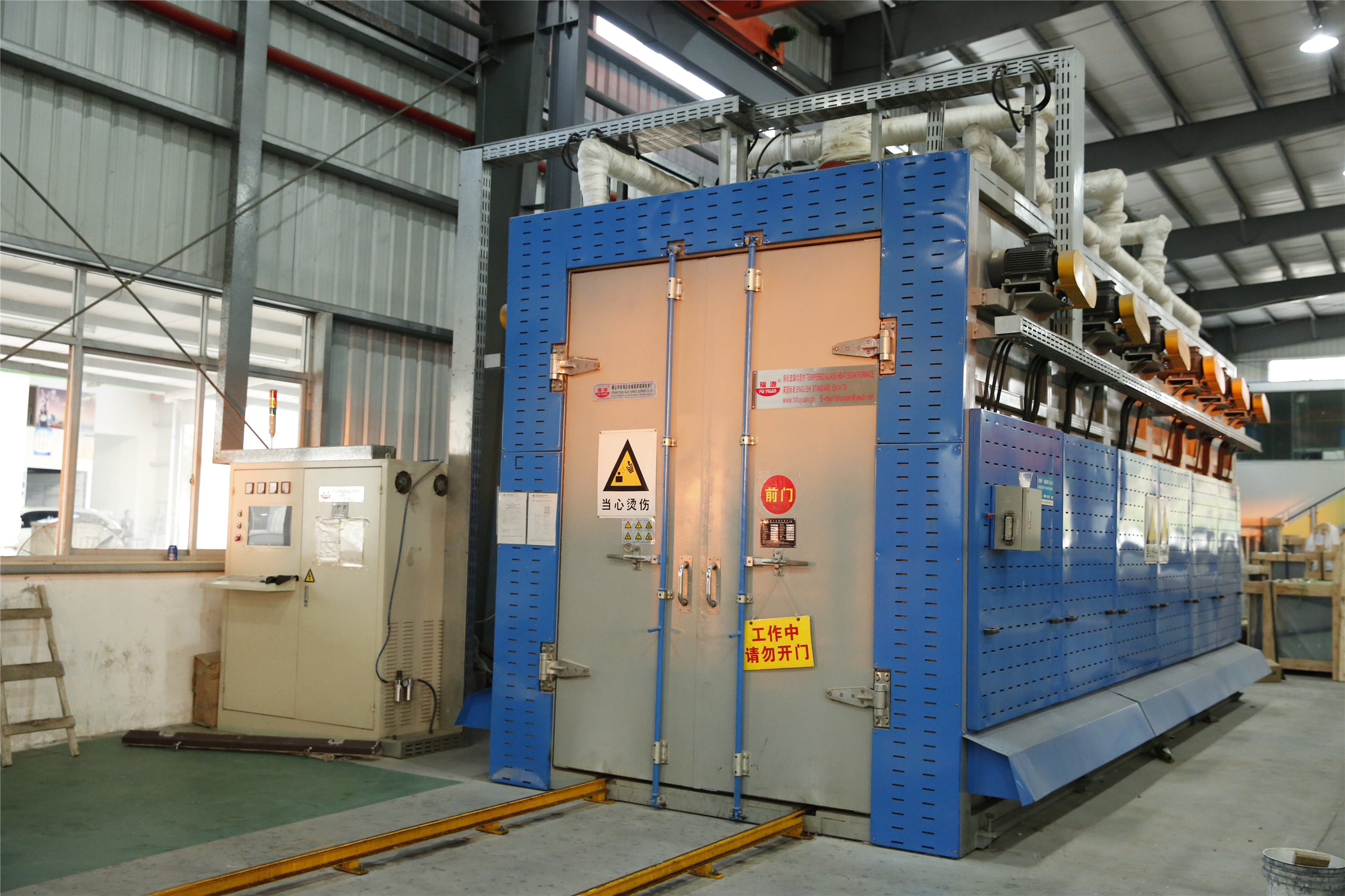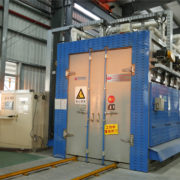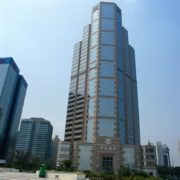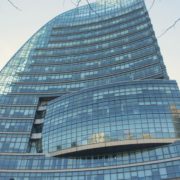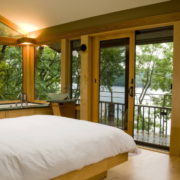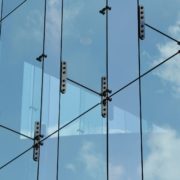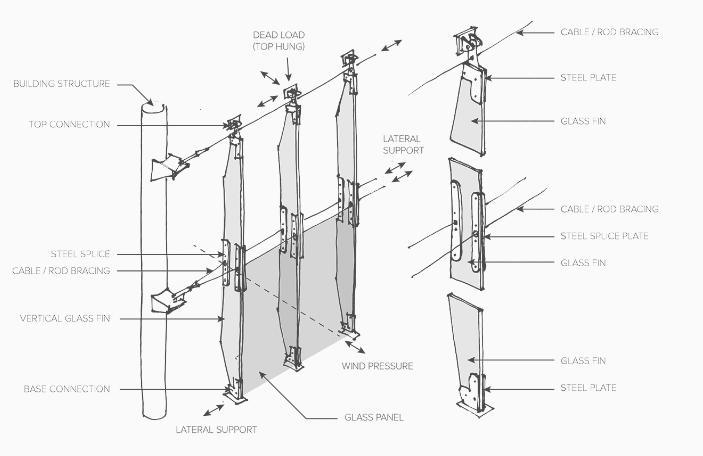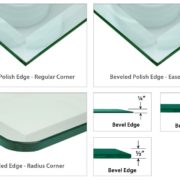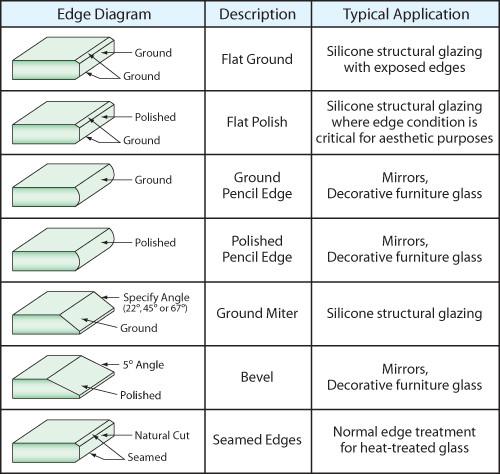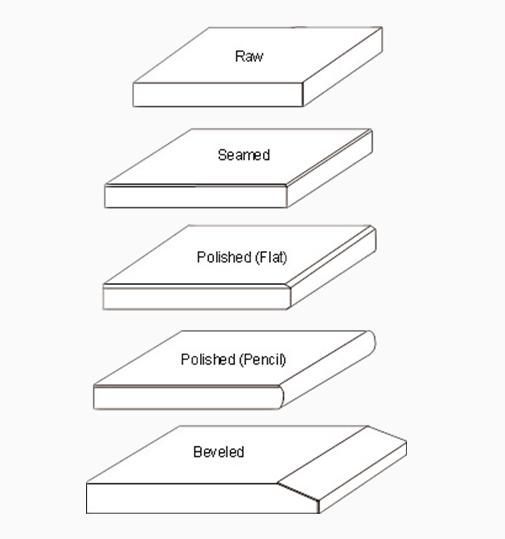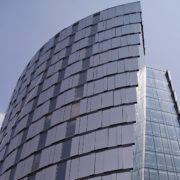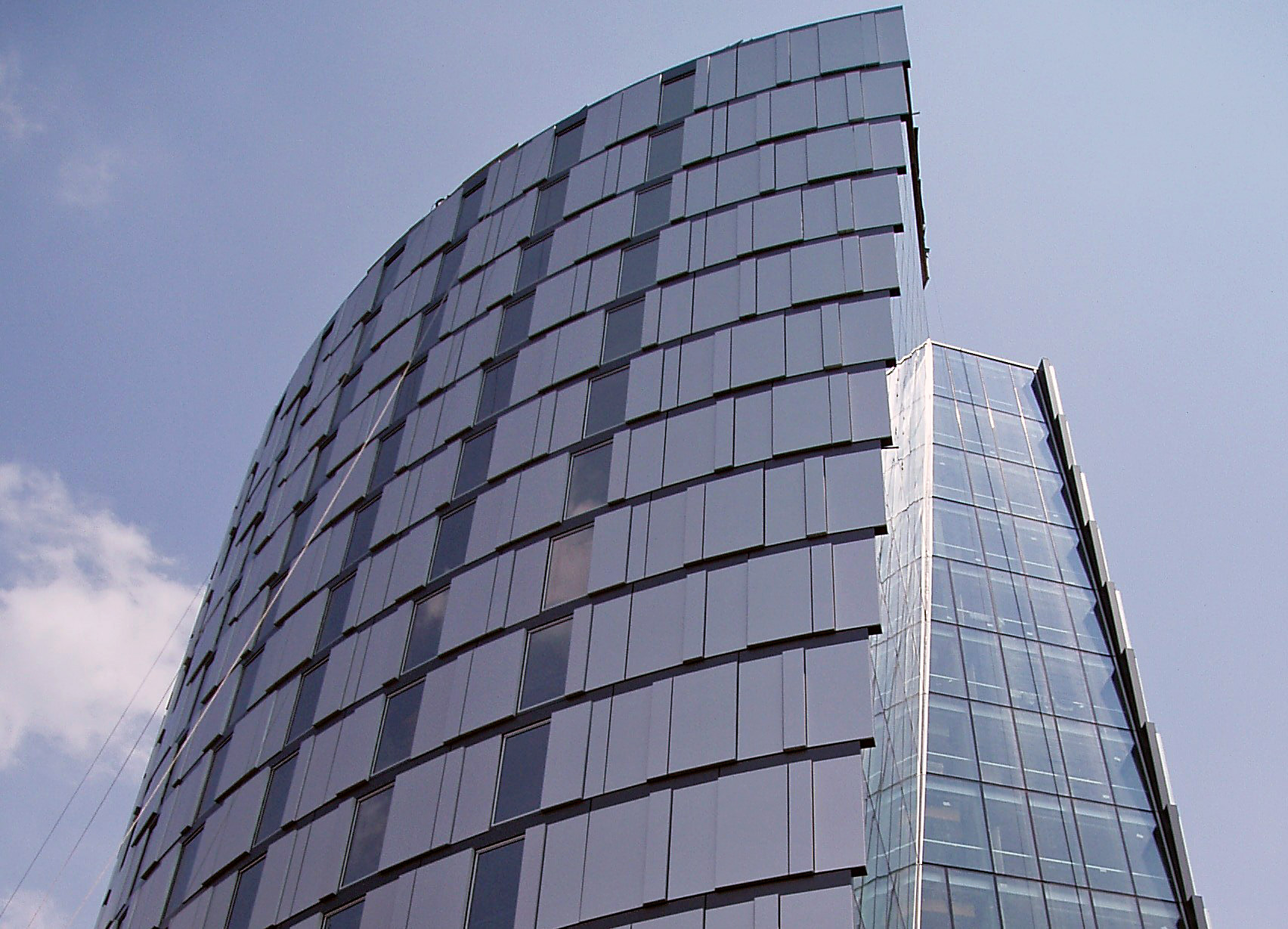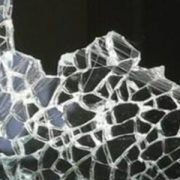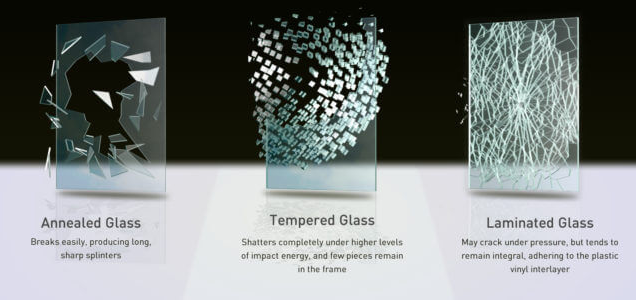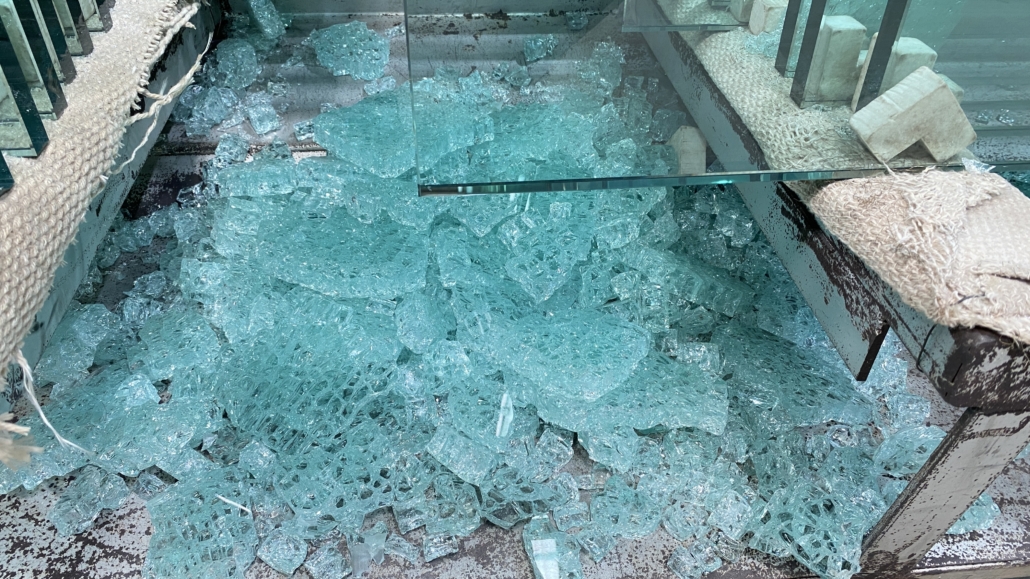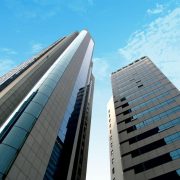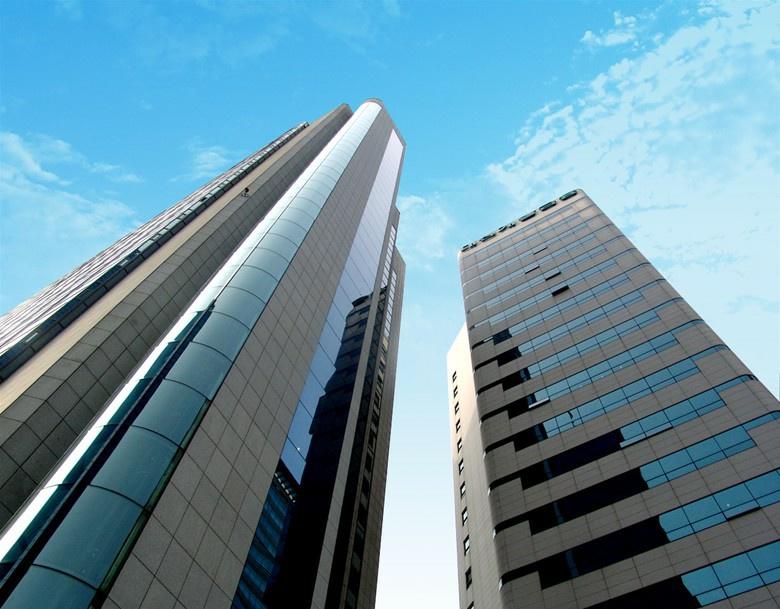Heat Soaked Glass, the tempering process increases the strength of the glass’s many folds, offering greater resistance to breakage. However, the raw materials used in the manufacturing of tempered glass are not free from certain defects like nickel-rich contaminants such as stainless steel might be present, and then combine with sulfur to form nickel sulfide inclusions, which put tempered glass at potential risk of spontaneous breakage.
Spontaneous breakage due to NiS inclusions:
When glass is heat-treated, the nickel sulfide inclusions are modified into a form that grows or transforms with time and temperature. Once the glass is installed and the nickel sulfide inclusions are solar heated, small cracks may develop from the inclusion. If these cracks penetrate the tension layer of fully tempered glass, the resulting release of energy will cause the glass to spontaneously break.
NiS inclusions change their structure and volume during the heating process of tempering. This changed state is ^trapped^ during the quenching process. So at room temperature, the NiS inclusions tend to change back to their original state, which having a bigger volume, causes spontaneous breakage. This changing back of state could happen in a few minutes to a few years, making it unpredictable when the tempered glass may break. To minimize the risk of NiS breakages, a heat soak test is performed.
Heat Soak Process:
An effective Heat soaked test has been proposed and applied for tempered glass to avoid spontaneous failure in buildings, and the probability of spontaneous breakage was decreased. However, it was considered that a sufficiently low breakage risk remained because of small NiS inclusion and small residual stress.
Heat soaking of tempering glass has been carried out with respect to the draft of European Standard EN 14179. Following the tempering process, glass is heated to a temperature of about 290C for a minimum of 2 hours of the heat soak period, and then cooled slowly. This process allows the inclusions to revert to their original form and thus regain their stability. The advantage of using this process is that the heat-soak test removes over 95% of the problem without affecting the properties of the glass. The idea behind heat soaking is to allow the glass to break in the factory before installation to minimize the risks of accidents and injury. The amount and size of these inclusions vary from glass to glass. In all probability, the glasses that have NiS inclusions will break during this heat-soaking process.
Applications of Heat-Soaked Glass:
The use of heat-soaked tempered glass is recommended where the risk of spontaneous breakage would cause difficulty, either from a replacement point of view or where falling glass fragments may be unsuitable, such as roof or high-level glazing, balustrades, screens, and high-level curtain walling.
Heat soak glass is appropriate where there is a risk of human impact. If breakage does occur, the breakage pattern is such that the resultant pieces of glass are relatively harmless and are unlikely to cause severe injury.
